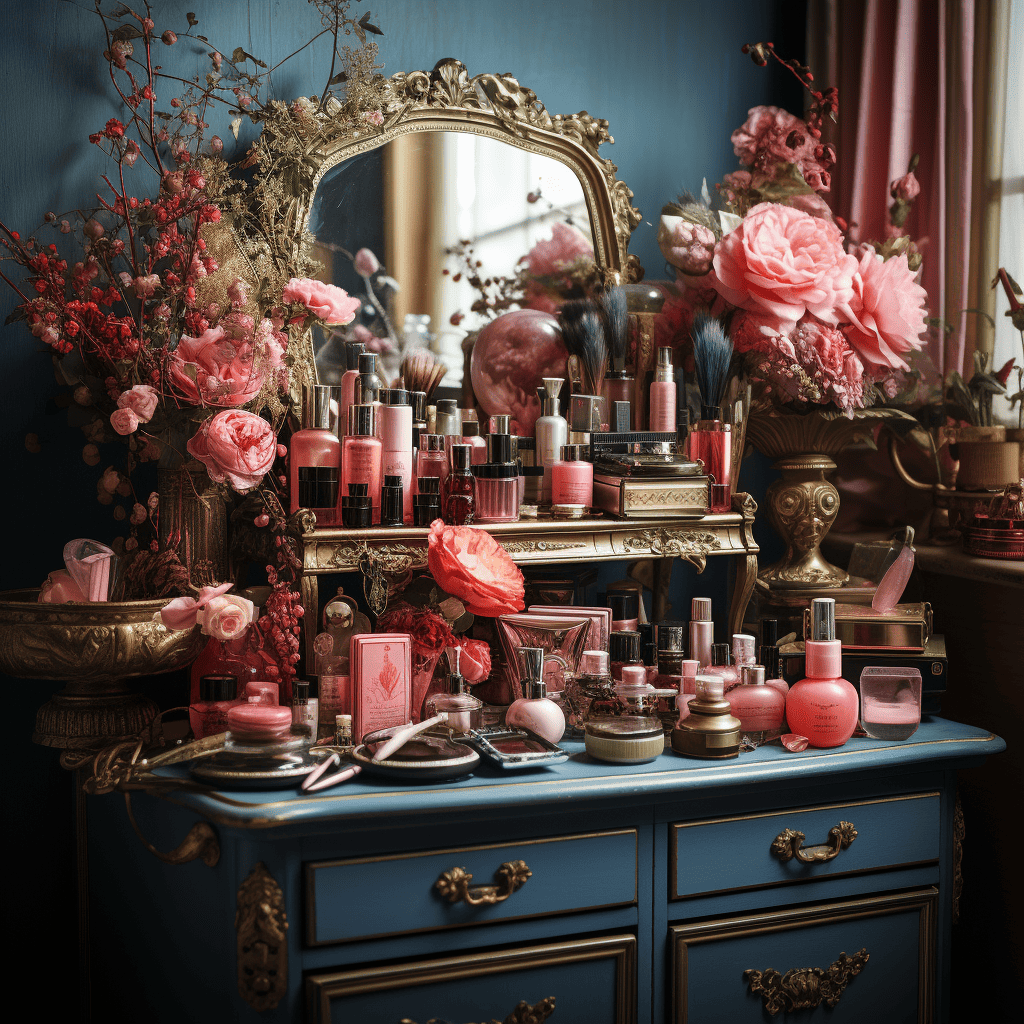Comparing luxury makeup brands is an exciting way to explore high-end options and help readers make informed decisions when investing in luxury makeup products. Here are some ideas for creating comprehensive luxury makeup brand comparisons:
- Introduction and Purpose: Start by introducing the purpose of the comparison, highlighting that it focuses on luxury makeup brands known for their quality, prestige, and higher price points. Emphasize the allure of luxury makeup and the desire for exceptional performance and luxury experiences.
- Brand Overview: Provide an overview of each luxury makeup brand being compared. Discuss their history, reputation, brand ethos, and unique selling points. Highlight any notable collaborations, innovations, or iconic products that set them apart in the industry.
- Product Range: Explore the product ranges of each luxury makeup brand, including their offerings for foundations, concealers, eyeshadows, lipsticks, and other key categories. Discuss the diversity of shades, finishes, and formula variations available, as well as any specialty products unique to each brand.
- Performance and Quality: Evaluate the performance and quality of the products from each luxury brand. Discuss factors such as pigmentation, blendability, longevity, and overall user experience. Compare their performance on different skin types and in various climates.
- Price Point and Value: Discuss the price range of products from each luxury brand and evaluate the value they offer in terms of performance, packaging, and overall luxury experience. Consider whether the price is justified based on the brand’s reputation, ingredients used, and exclusivity.
- Packaging and Design: Assess the packaging and design aesthetic of each luxury brand. Discuss the attention to detail, materials used, and overall luxury appeal. Consider how the packaging enhances the user experience and aligns with the brand’s image.
- Shade Range and Inclusivity: Evaluate the inclusivity and diversity of shade ranges offered by each luxury brand. Discuss their efforts to cater to a wide range of skin tones and undertones, and whether they provide a comprehensive selection of shades for different ethnicities and complexions.
- Ingredients and Formulations: Explore the ingredients and formulations used by each luxury brand. Discuss their commitment to using high-quality and innovative ingredients, as well as any unique technologies or skincare benefits incorporated into their makeup products.
- Consumer Experience and Service: Consider the overall consumer experience and service provided by each luxury brand. Discuss their customer support, return policies, and availability of personalized services, such as makeup consultations or exclusive events.
- Final Verdict and Recommendation: Summarize the strengths and weaknesses of each luxury makeup brand and provide a clear recommendation based on the comparison. Consider factors such as brand reputation, product performance, price point, and overall luxury experience. End the comparison by stating which brand you would recommend for specific preferences or needs.
Remember to maintain an unbiased and objective approach in your comparisons, presenting the information in a fair and informative manner. By offering comprehensive insights into luxury makeup brands, you can guide readers in making informed decisions and discovering prestigious options that align with their preferences and expectations.

